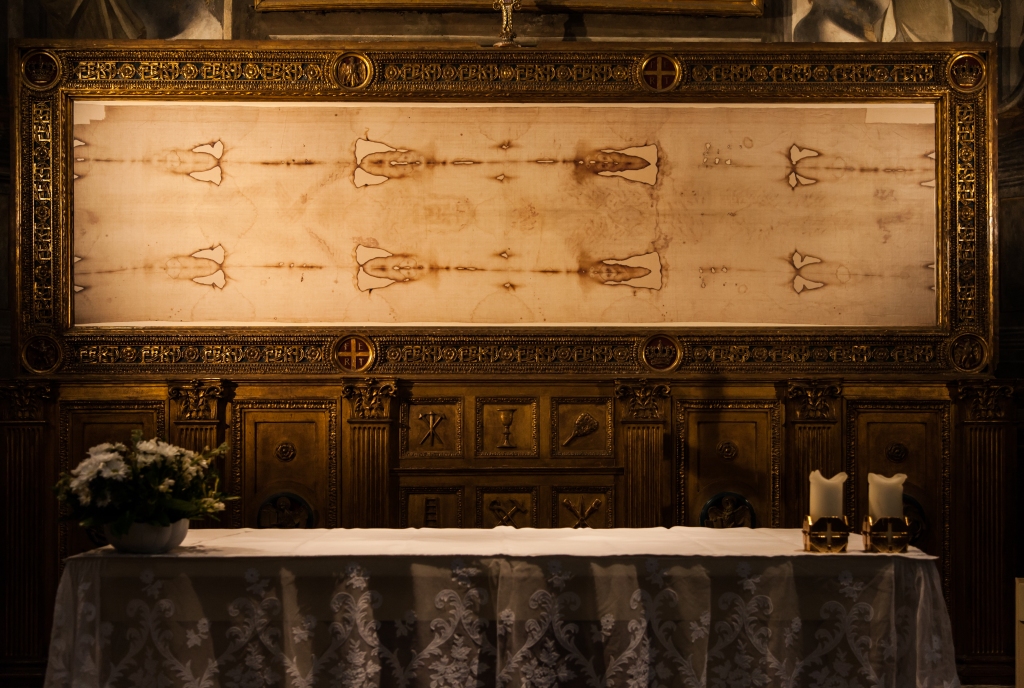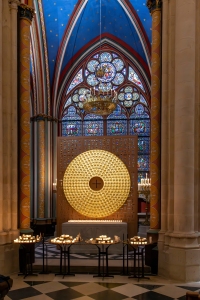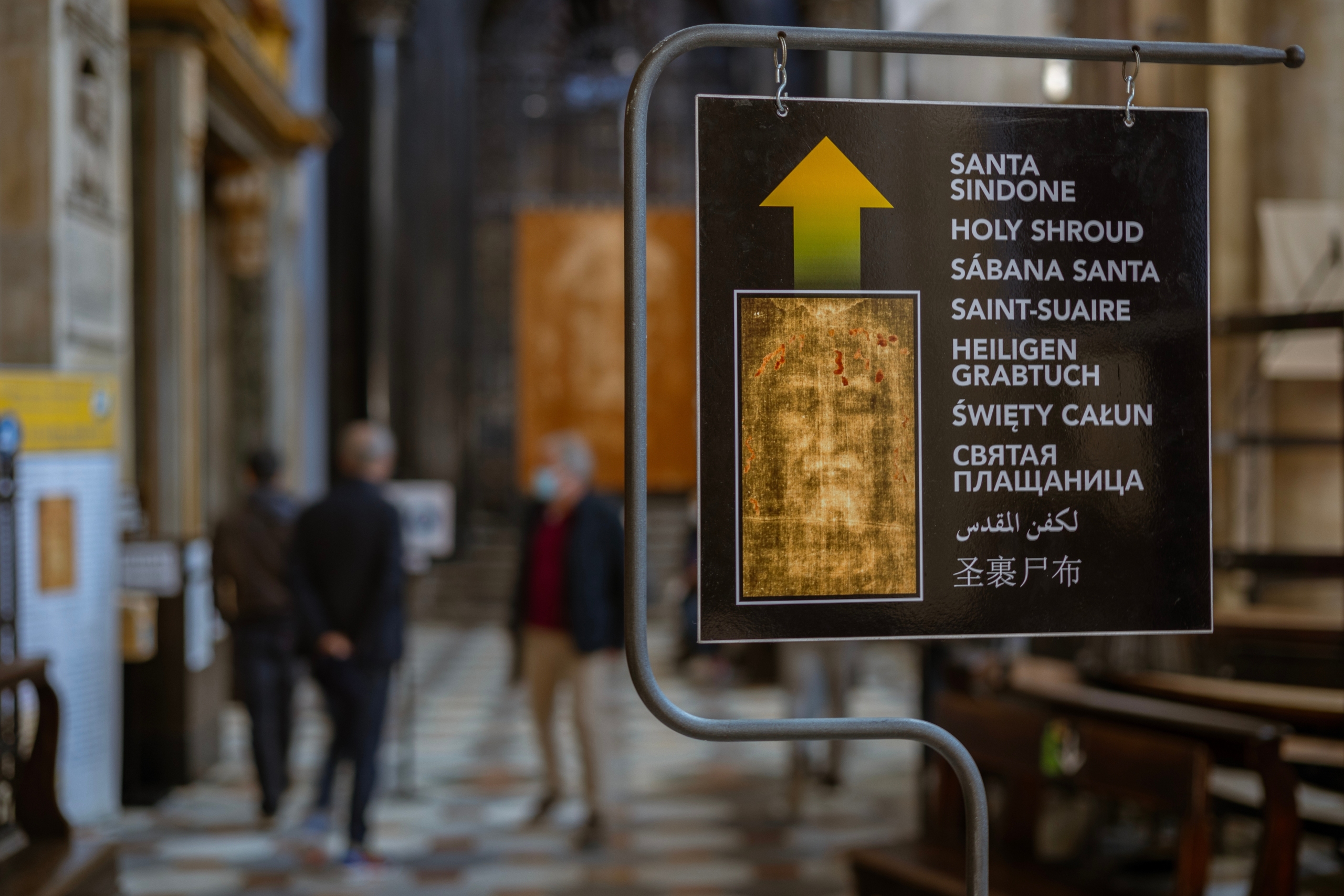Each year, during Holy Week, countless individuals around the world reflect on the final hours in the life of Jesus of Nazareth, as recounted in the canonical gospels. From the Last Supper in the Upper Room of Jerusalem to the entombment at the Church of the Holy Sepulchre, these texts offer a sequence of episodes shaped by drama, symbolism, and cultural resonance.
Within these narratives appear objects that, over time, have become powerful icons of Christian heritage: the chalice shared at the table, the crown of thorns fashioned by Roman soldiers, the nails of crucifixion, the wooden cross, the seamless tunic that remained undivided, and the veil said to have wiped the condemned man’s face—attributed in tradition to a woman named Veronica.
These are not merely literary details. From Late Antiquity onward, communities across the Mediterranean and Europe began to seek, preserve, and venerate such material traces of the Passion. For many, they served as physical anchors to a story interpreted through suffering and redemption, offering a tactile connection to a narrative seen as spiritually transformative.

Relics and Authority in Late Antiquity and the Middle Ages
Objects associated with revered individuals – particularly martyrs – held increasing significance from the early centuries of Christianity. Gravesites, garments, bones, and even dust were considered tangible conduits of divine presence. Their veneration was not passive remembrance but a form of spiritual encounter.
This impulse intensified around items linked to the life and death of Jesus. While the theological narrative emphasizes his resurrection and ascension, the absence of a physical body only amplified the value of physical remnants—especially those associated with his final hours.
In the Middle Ages, the veneration of relics became a cornerstone of Christian religious life. Pilgrimage to sites housing Passion relics evolved beyond devotional acts into penitential journeys, offering spiritual merit and access to sacred history. Visiting a site said to contain a nail from the cross or a drop of Christ’s blood could be experienced as an intimate engagement with the divine narrative.
Relics also held considerable political and economic power. Monarchs, emperors, and popes actively sought to acquire and enshrine them. Their presence conferred legitimacy, attracted pilgrims, and contributed to the stature of cathedrals and cities. Monumental churches such as Notre-Dame in Paris and St. Mark’s in Venice either emerged from or were significantly elevated by their possession of Passion relics.
How the Relics of the Passion got to Europe
One of the most frequently asked questions at Passion relic sites across Europe is: how did these objects, said to originate in Jerusalem, travel so far?
The process began in the 4th century CE, following Emperor Constantine’s endorsement of Christianity. His mother, Helena, is credited with undertaking a pilgrimage to Jerusalem, during which she reportedly identified and brought back several key relics, including fragments of the cross.
Later, during the Crusades (beginning in the 11th century), Christian military expeditions to the Levant often returned not only with political and territorial gains, but with sacred objects. Relics became war spoils, diplomatic gifts, and devotional acquisitions – further disseminated through the expanding network of Western churches and courts.
Between the 13th and 15th centuries, as pilgrimage became more institutionalized and widespread, smaller relics – thorns from the crown, threads from the tunic, splinters from the cross – proliferated across the continent. Rome, Paris, and Constantinople were early custodians. Later, Venice, Genoa, Barcelona, and Cologne became major centers for relic display and pilgrimage, some of which remain active sites of visitation today.

Notable Relics and Their Current Locations
Several Passion relics have gained particular prominence, not only through tradition but also through conservation and scientific analysis – though the degree of authenticity varies widely.
One of the most renowned is the Holy Chalice, housed in the Cathedral of Valencia (Spain). Though its origin is debated, archaeological and historical studies have identified it as a possible candidate for the cup used at the Last Supper.
The Crown of Thorns, long kept in Paris (France), now resides in the treasury of Notre-Dame Cathedral. Saved from the 2019 fire, the remaining fragments are complemented by many dispersed thorns throughout Europe.
Relics said to be the Nails of the Crucifixion are venerated in several sites, notably the Basilica of the Holy Cross in Jerusalem (Rome) and Madrid’s Royal Palace. Their multiplicity, however, invites scrutiny regarding their provenance.
The Shroud of Turin stands among the most studied religious artifacts. It depicts a crucified figure with markings consistent with Passion accounts. Despite inconclusive and sometimes conflicting scientific results, it remains an object of ongoing research and devotion. The same happens with the Sudarium of Oviedo, Spain.
In Argenteuil, France, the Seamless Tunic – linked by tradition to Jesus – has undergone textile and blood-type analyses. Though carbon dating suggests a later origin, veneration has continued uninterrupted.
Fragments of the True Cross, often labeled Lignum Crucis, are among the most widely distributed. Notable collections are housed in Rome and at the monastery of Santo Toribio de Liébana in northern Spain, among many others.
Unconfirmed Traditions
Beyond these better-known relics are many others whose authenticity is uncertain but whose devotional history is deeply rooted.
In Rome’s Basilica of Santa Prassede stands a column believed to be the one used during the flogging. Whether historical or symbolic, it has long served as a focus for contemplation on human suffering.
In Genoa and Rome, coins identified as the Thirty Pieces of Silver associated with Judas Iscariot are preserved. Their status as relics lies not in authentication, but in their association with betrayal and remorse.
The Sponge of the Crucifixion, said to have been soaked in vinegar and lifted to Jesus during the execution, is claimed by both the Sainte-Chapelle in Paris and the monastery of El Escorial in Spain. Its image has permeated Western religious art and liturgy.
A veil used to blindfold Jesus during mocking rituals is venerated at San Francesco a Ripa in Rome. Though unverifiable, it serves as a symbol of humiliation and injustice.
Finally, depictions of the Holy Face – a cloth said to have captured Jesus’ image – are present in Rome (St. Peter’s), Jaén (Spain), and Venice (St. Mark’s). While no definitive origin has been established, the story of Veronica and her compassionate gesture endures in visual culture and liturgical memory.
Memory and Materiality
Passion relics—whether canonical or contested—remain central to the physical geography of devotion in Europe. They serve as mediators between collective memory and individual reflection. For pilgrims and visitors, these objects are not ends in themselves, but points of convergence between history, symbolism, and the enduring desire to engage the intangible through the tangible.
Despite questions around provenance, these relics continue to speak – through the architecture built to house them, the art inspired by them, and the footsteps of those who seek them out. They offer not answers, but invitations: to reflect on suffering, endurance, and the layered dimensions of human experience that pilgrimage continues to explore.





